Last updated on February 28, 2024
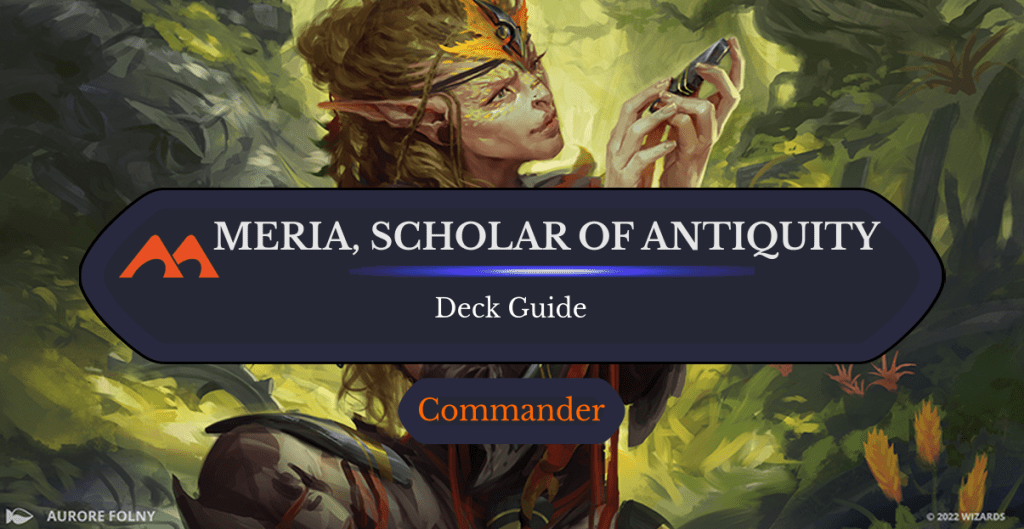
Meria, Scholar of Antiquity | Illustration by Aurore Folny
Dominaria United has an overwhelming number of new commanders thanks to the set’s focus on legendary creatures. Of all these new commander options, the one that caught my attention the most was Meria, Scholar of Antiquity. With its built-in card draw and its ability to turn any 0-cost artifact into a Mox Emerald, Meria has the potential to be an absolute powerhouse in EDH.
Some commander players have gone a more cEDH route with Meria, Scholar of Antiquity and have chosen to build stax decks around it. I’m not a big fan of that playstyle myself, so the deck I’ve built is a little bit less competitive in the spirit of allowing the other players at the table to also play the game.
Let's dive in!u
The Deck

Chord of Calling | Illustration by Karl Kopinski
Commander (1)
Planeswalker (1)
Creatures (20)
Memnite
Ornithopter
Foundry Inspector
Traxos, Scourge of Kroog
Battered Golem
Shimmer Myr
Jhoira's Familiar
Stonecoil Serpent
Kuldotha Forgemaster
Walking Ballista
Seedborn Muse
Dockside Extortionist
Myr Battlesphere
Steel Hellkite
Ragavan, Nimble Pilferer
Audacious Reshapers
Workshop Assistant
Slobad, Goblin Tinkerer
Ulamog, the Ceaseless Hunger
Blightsteel Colossus
Instants (6)
Heroic Intervention
Chaos Warp
Deflecting Swat
Chord of Calling
Comet Storm
Worldly Tutor
Sorceries (9)
Crackle with Power
Green Sun's Zenith
All Is Dust
Jaya's Immolating Inferno
Finale of Devastation
Banefire
Trash for Treasure
Fireball
Vandalblast
Enchantments (4)
Blood Moon
Helix Pinnacle
Mana Reflection
Sylvan Library
Artifacts (23)
Jeweled Lotus
Howling Mine
Lotus Petal
Everflowing Chalice
Tormod's Crypt
Welding Jar
Mystic Forge
Lightning Greaves
Swiftfoot Boots
Grinding Station
Darksteel Relic
Unwinding Clock
Aetherflux Reservoir
Grafdigger's Cage
Mycosynth Lattice
Darksteel Forge
Nettlecyst
Gerrard's Hourglass Pendant
Sol Ring
Arcane Signet
Chrome Mox
Mox Amber
Vedalken Orrery
Lands (36)
Great Furnace
Tree of Tales
Darksteel Citadel
Urza's Saga
Buried Ruin
Inventors' Fair
Emergence Zone
Rogue's Passage
Command Tower
Stomping Ground
Karplusan Forest
Wooded Foothills
Forest x11
Mountain x11
Kessig Wolf Run
Skarrg, the Rage Pits
This deck makes use of lots of 0-cost artifacts. They can act as a fast mana ramp to allow you to essentially play multiple mana sources per turn at no cost. Cheap artifacts along with cost reduction also offer ways to quickly build up your mana base when Meria, Scholar of Antiquity is on the field.
You make a lot of quick mana, so you can drop big threats on the board earlier than your opponents to take them out quickly. It’s somewhat of a high-risk, high-reward strategy. You can easily make yourself the table’s target by casting Ulamog, the Ceaseless Hunger early in the game. You’ll have to be comfortable with removing players from the game by targeting them one at a time. Crackle with Power can deal massive amounts of damage to all three of your opponents if you can generate enough mana, making it a little easier to eliminate them with some of your big creatures.
Apart from high-cost threats, you also have some expensive artifacts like Darksteel Forge that can help keep your artifacts on the board. An overloaded Vandalblast can be devastating against this deck, so use your Heroic Intervention wisely if you draw into it.
The Commander

Lots of players have half-jokingly referred to Meria, Scholar of Antiquity as the Gruul () version of Urza, Lord High Artificer, and there’s a definite resemblance between the two cards. I still think Urza has the edge with its second ability, but Meria is an interesting alternative for an artifact commander.
Meria, Scholar of Antiquity benefits from being in green because it can use Seedborn Muse to untap its artifacts each turn. Using Meria’s abilities you can tap for large amounts of mana every turn or allow your artifact creatures to block after having attacked. If you have your Vedalken Orrery out, Meria’s second ability is also a great way to get yourself extra cards to can cast on opponents’ turns.
Cheerios
0-cost artifacts, also known as “Cheerios,” are great resources in Meria, Scholar of Antiquity’s 99.
One-time mana sources like Lotus Petal and Jeweled Lotus sometimes feel like dead draws later in the game. With Meria’s abilities they can now be given other uses as permanent mana rocks, or as a way to impulsive draw cards.
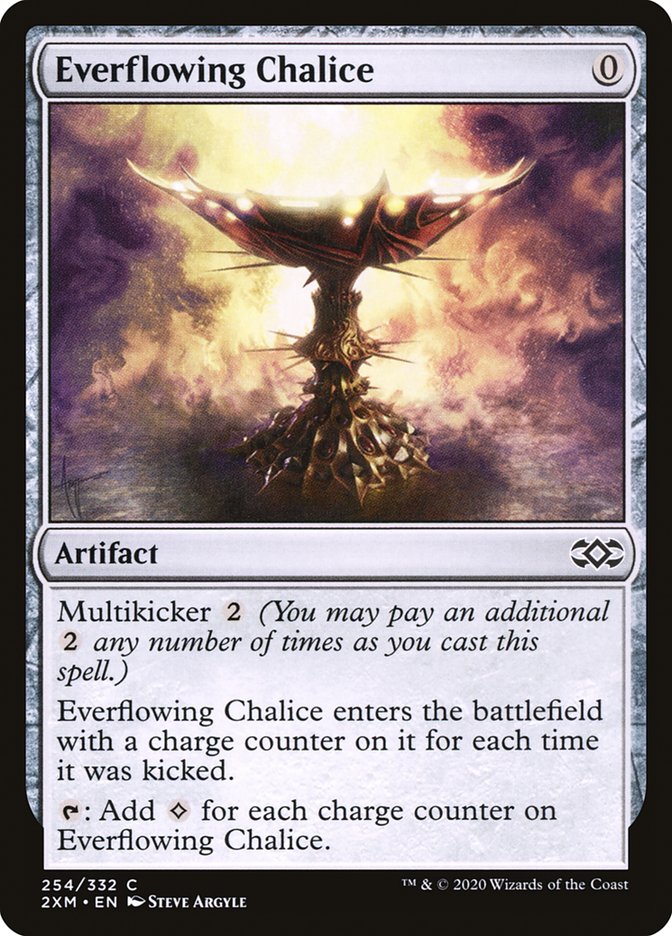
Everflowing Chalice is very flexible in this deck. You can play it with no charge counters and tap for green. Once you have a big base of mana and artifacts you also can multi-kick it several times to make it more useful for your X spells.
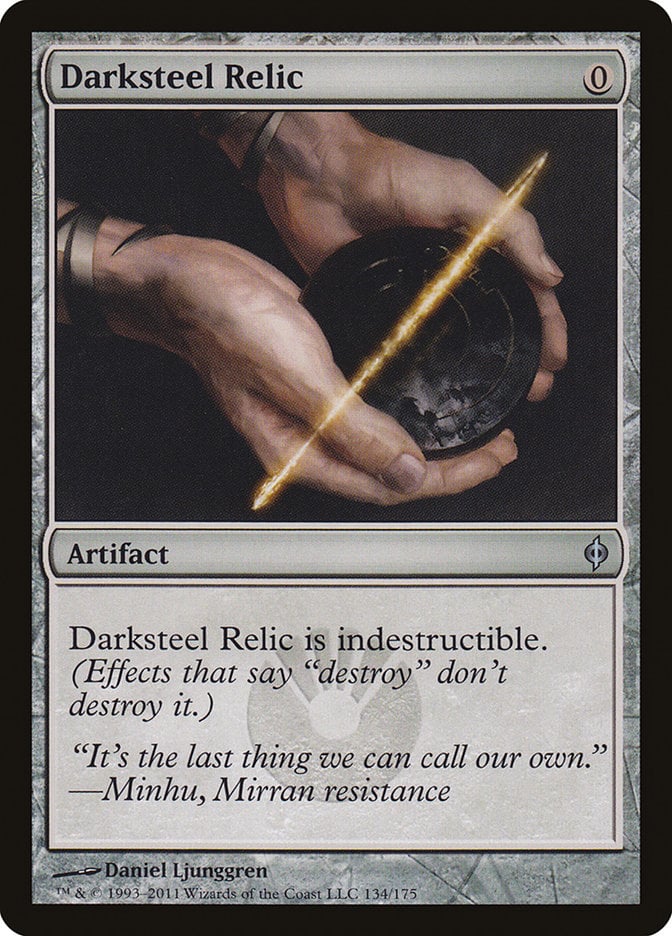
Darksteel Relic is indestructible, making it a reliable mana rock when paired with Meria, Scholar of Antiquity.
Other 0-cost artifacts come with handy utility options. Welding Jar can save another one of your artifacts from being destroyed, and Tormod's Crypt allows for some graveyard hate.

They aren’t naturally Cheerios, but 1-cost artifacts can become that with the help of cost reduction. With flash, Gerrard's Hourglass Pendant is a great way to shut down a player who's about to take one or more extra turns. It also acts as board wipe insurance for your artifacts.
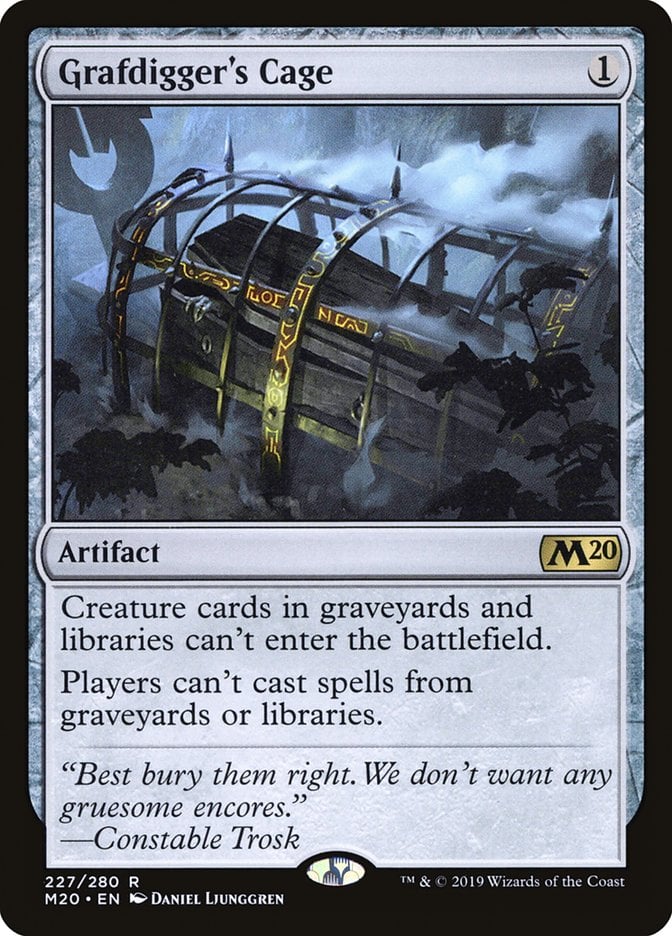
Grafdigger's Cage is a great way to shut down other players’ ability to cheat in big threats. You won’t interfere with Meria’s abilities because you cast from exile, not the graveyard.
Protecting Your Commander
It’s a good thing Meria, Scholar of Antiquity is cheap to cast, because it’s a kill-on-sight type of commander.
Lightning Greaves and Swiftfoot Boots are both great equipment cards to help you keep Meria safe. Since they’re artifacts and tapping them doesn’t interfere with their abilities, they can also be mana sources or card draw.
You also have some instant-speed protection in the form of Deflecting Swat for targeted removal, and Heroic Intervention for board wipes. It won’t stop Meria from being destroyed, but Gerrard's Hourglass Pendant can also bring your commander right back if you allow it to go to the graveyard. This is a bit risky because Meria might end up getting stranded in the graveyard if the ability gets countered.
Darksteel Forge only protects artifacts, but it can combine with Mycosynth Lattice to make Meria, Scholar of Antiquity indestructible. These are high-cost cards, but you shouldn’t have too much trouble affording them in this deck.
Card Draw and Card Advantage
Any artifact can act as a card draw with Meria, Scholar of Antiquity, but it doesn’t hurt to have some other ways to get card advantage.

Howling Mine is cheap to cast because it helps your opponents. It becomes a card draw for you and nobody else when you can easily tap it down with Meria.
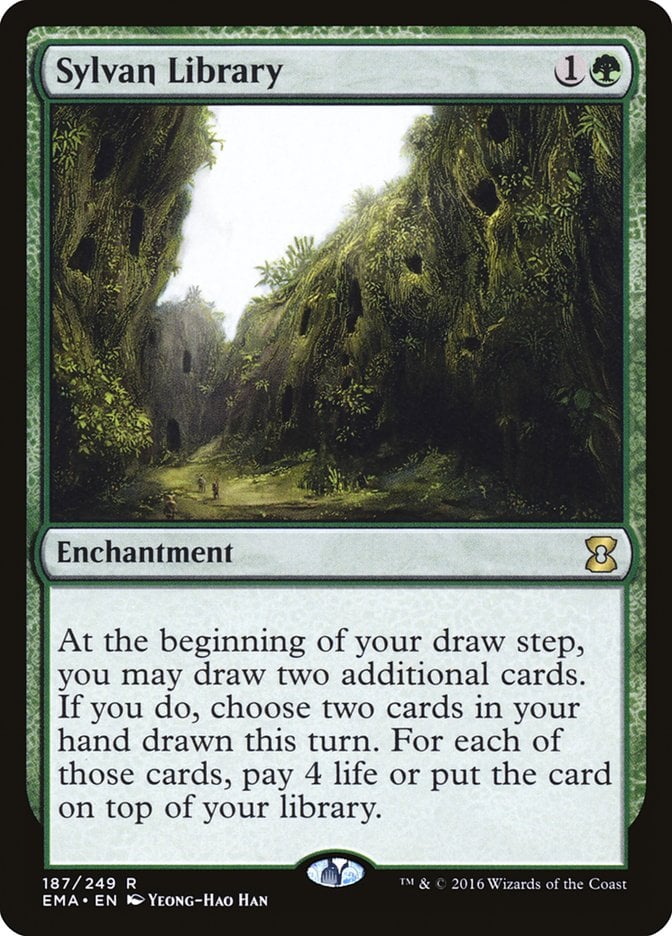
Sylvan Library is a great way to quickly cycle through your deck. It may be daunting to pay four life for each extra card it draws you, but it's worth it to help you pull out an early win.
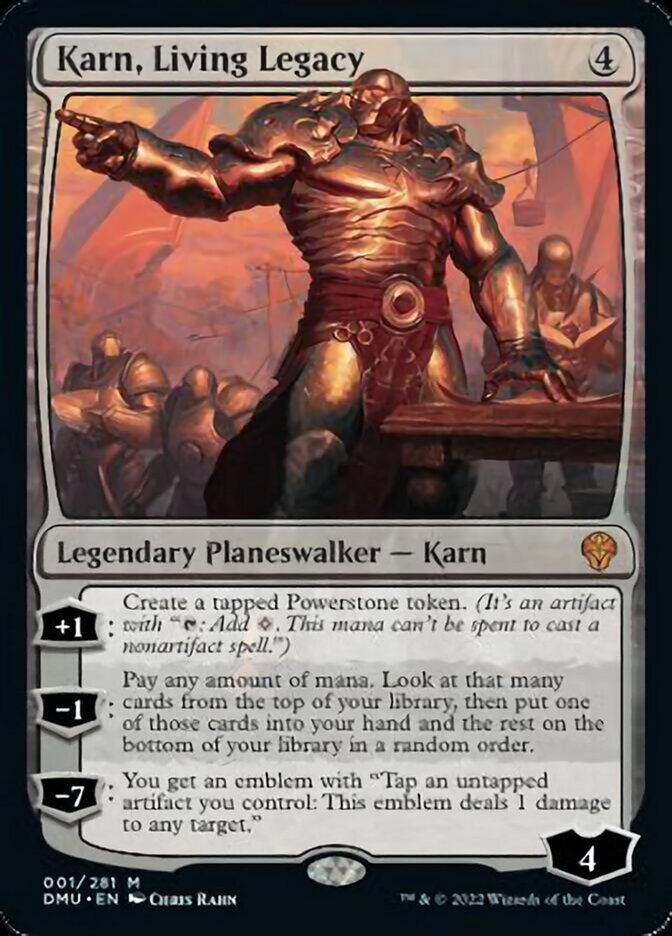
Karn, Living Legacy can draw you a card with its -1 ability. It also lets you take a look at a lot of cards if you really need to dig for an answer.
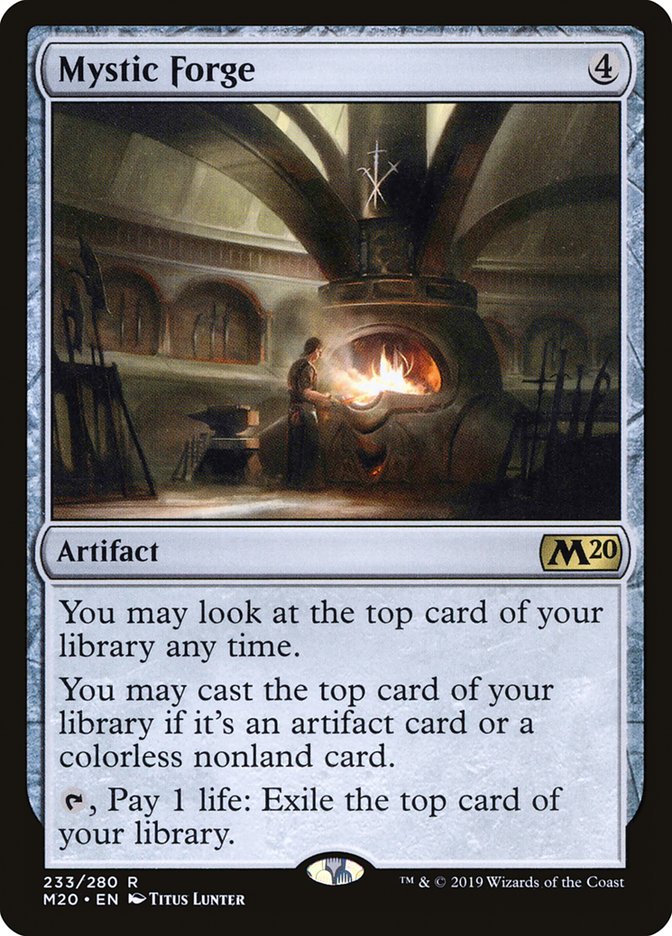
Mystic Forge doesn’t draw you cards, but it does allow access to the top of your library. This can be extra effective in a deck that runs a bunch of Cheerios because you can potentially drop a lot of them off the top of your library at once. This card also works very well paired with Sylvan Library.
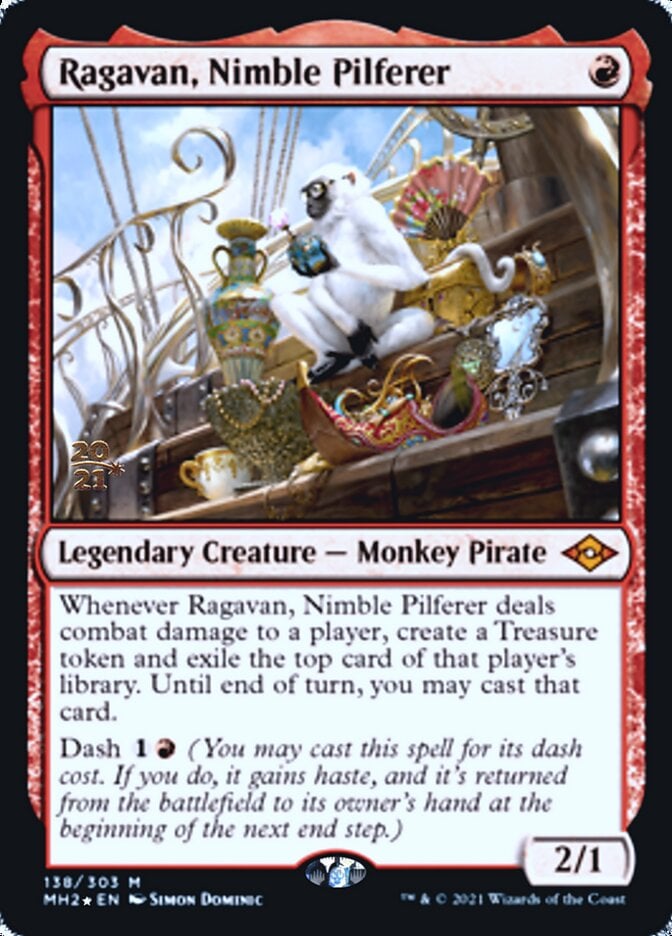
Ragavan, Nimble Pilferer gives you access to your opponents’ cards as well as your own, giving twice the card advantage at once.
Your Turn? No, OUR Turn
There are several options in this deck for turning every turn into your turn.
Unwinding Clock and Seedborn Muse gives you access to some or all your mana each turn. You can tap out on your own turn and still have access to instants on your opponents’ turns.
Shimmer Myr and Vedalken Orrery allow you to cast spells during your opponents’ turns. You can keep your mana up and wait for the next players to go, casting any card you want in response to their turns. Pair these with cards like Seedborn Muse, and suddenly every turn is essentially yours with some limitations.
Cheating In Permanents
This deck makes you a lot of mana, but casting cards cheaper is still a great option to have.
Audacious Reshapers and Kuldotha Forgemaster give you the option of trading the artifacts you currently have out for one from your deck. It’s a great trade if you’re turning Cheerios into Blightsteel Colossus.
You still have to pay mana for Chord of Calling and Green Sun's Zenith, but they can help you get cards from your deck.
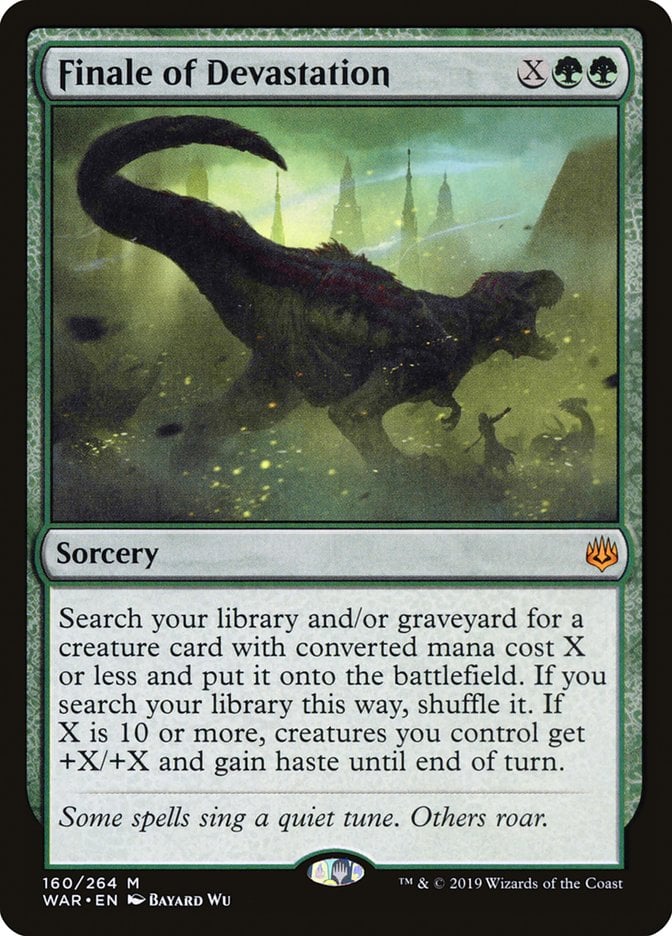
Finale of Devastation can buff all your creatures for a potential game-ending blow.
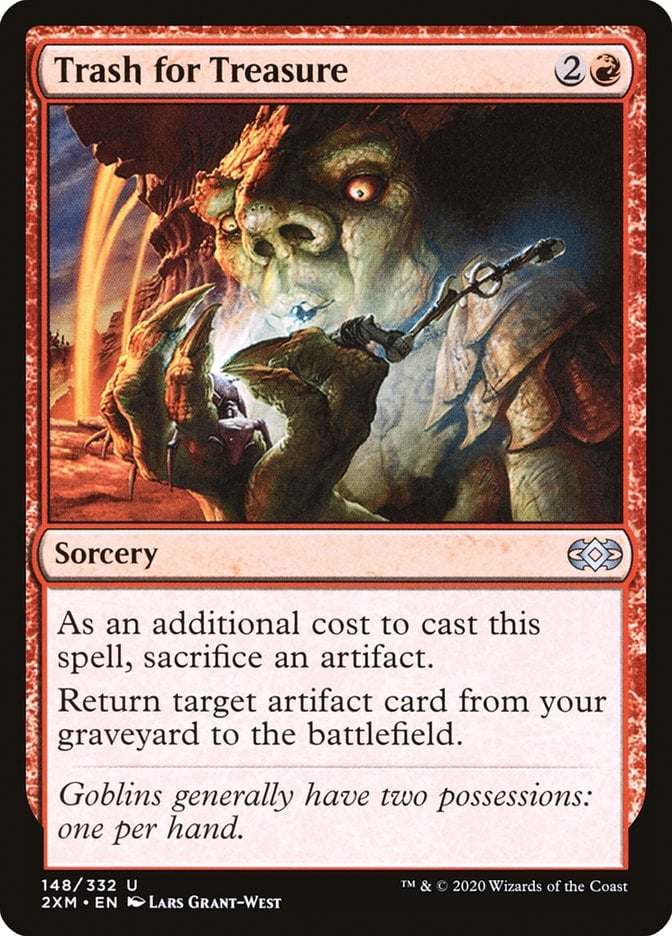
Trash for Treasure allows you to swap an artifact on the field for one in the graveyard. This can easily take one of your 0-cost artifacts and turn it into a more powerful card.
Mana Ramp and Cost Reduction
Meria, Scholar of Antiquity gives you a lot of mana ramp, but it won’t hurt to also have other options for when your commander isn’t on the field.

Karn, Living Legacy can produce a power stone each turn to help you cast your more expensive artifacts.

Mana Reflection makes your lands and mana rocks tap for extra mana, and it also doubles mana produced by Meria, Scholar of Antiquity’s ability.
Battered Golem, Grinding Station, and Traxos, Scourge of Kroog all untap each time you play an artifact. You can tap them for mana, spend that mana on an artifact, and untap them for more mana.
Foundry Inspector and Jhoira's Familiar reduce the cost of some of your cards by one generic mana. It comes in handy with artifacts and colorless cards and make some of the cheaper ones cost nothing at all.
Removal

It’s always good to have some targeted removal like Chaos Warp to take care of your opponent’s big threats.
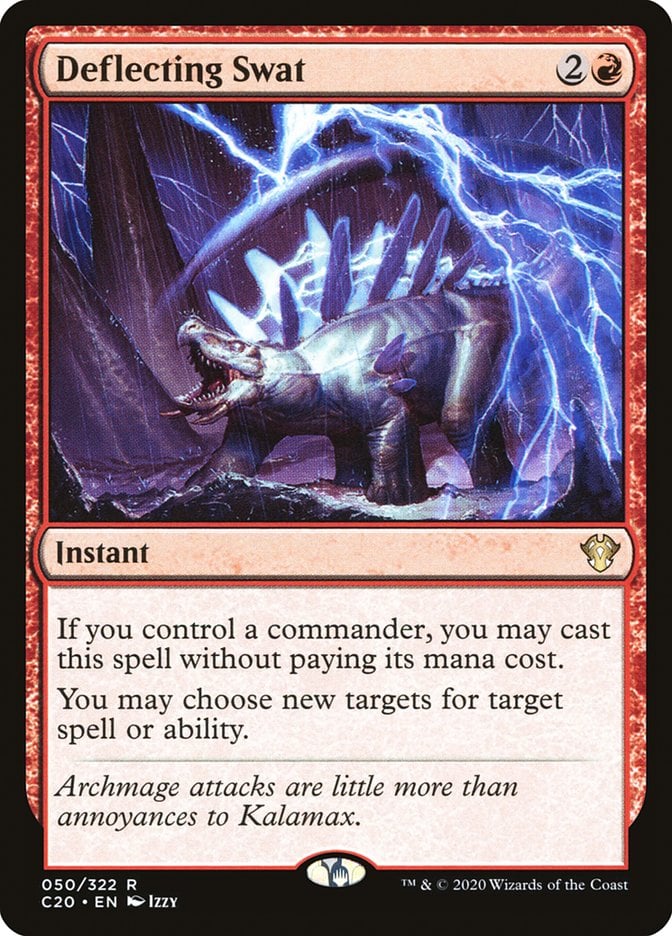
Deflecting Swat can be used to turn your opponents’ targeted removal against them, which can be handy when they’re gunning for your commander.
All is DustA lot of your cards and big threats are colorless. All Is Dust a great board wipe because it won’t set you back too far.
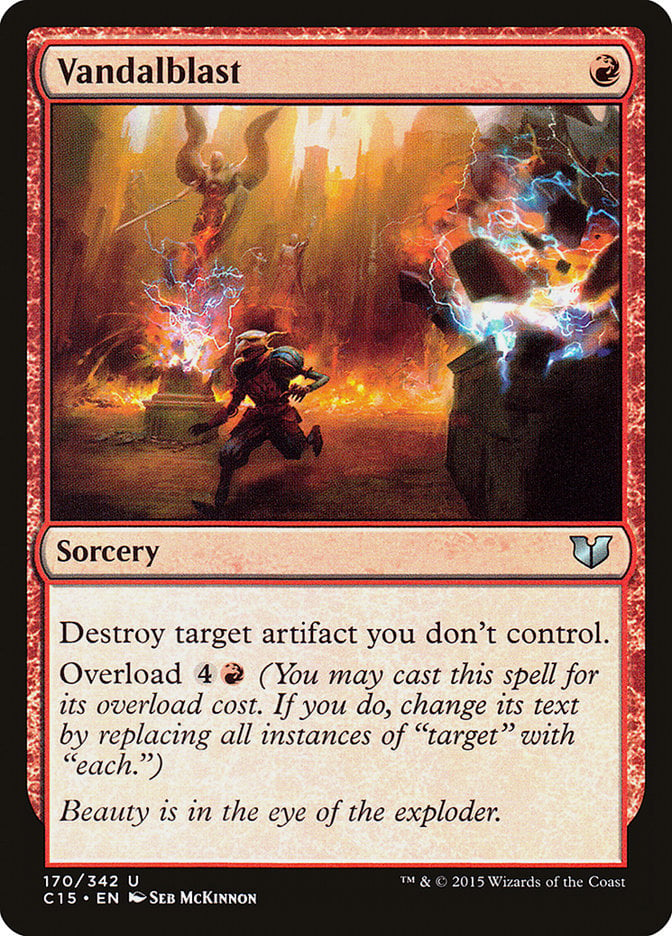
If you’re playing against another artifact deck, Vandalblast can be great to take out only your opponents’ artifacts.
Direct damage spells like Comet Storm, Crackle with Power, and Jaya's Immolating Inferno can double as creature removal. They’re helpful because they can hit multiple targets, allowing you to remove multiple creatures and hit your opponents’ life totals directly.
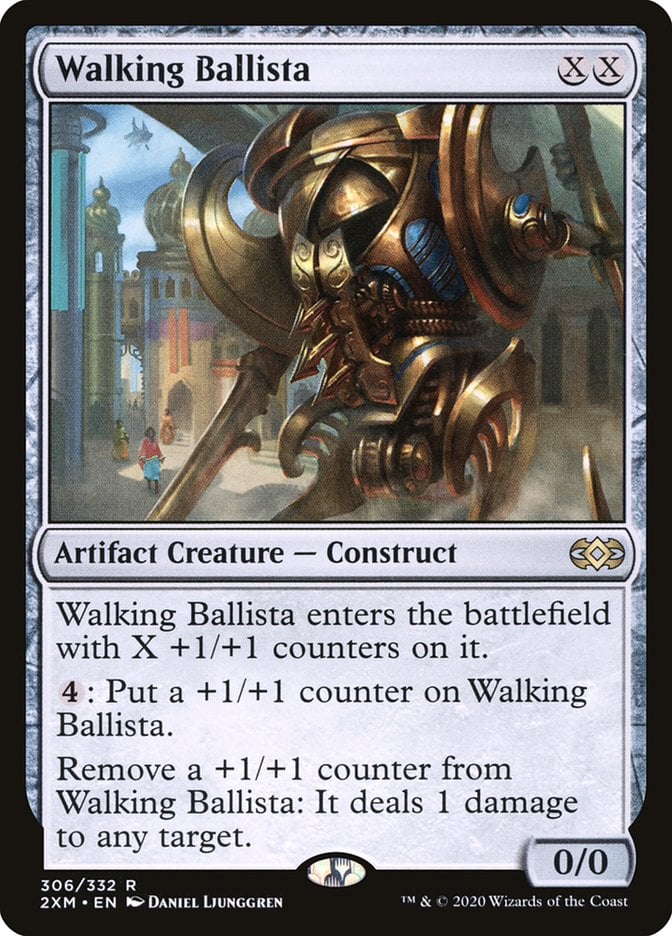
Walking Ballista can take out creatures if you have enough +1/+1 counters on it.

Karn, Living Legacy’s emblem can also give you an option to remove creatures if you have enough artifacts to tap for damage.

Steel Hellkite can be a great way to wipe a specific player’s board. The activation cost can be paid with any type of mana, so you’ll be able to pay for it with Meria’s ability.
Back from the Grave
A board wipe can be really devastating for this deck because losing artifacts means losing a chunk of your mana base.

Gerrard's Hourglass Pendant luckily offers some insurance from board wipes.
Workshop Assistant and Buried Ruin can be used to get an important artifact card that’s been removed back from the graveyard.

Trash for Treasure allows you to swap one of your artifacts on the field for one in the graveyard, so you can trade a less powerful artifact for one that’s been destroyed or milled.
Putting Your Mana to Use
Having a ton of mana is great, but it means nothing if you have nothing to spend it on.
Ulamog, the Ceaseless Hunger and Blightsteel Colossus are incredibly powerful creatures that this deck can drop earlier in the game. Getting one of these creatures out early helps you to start taking out your opponents before they can catch up.
Your mana can be used to cast cards like Banefire and Fireball to deal a large amount of damage to your opponents directly. This can be a good way to remove a player from the game.

Casting Walking Ballista at a high cost gives you a great tool on the battlefield for dealing damage to creatures or life totals. You can also pump any extra mana you have on a turn into Walking Ballista to add extra counters to it.
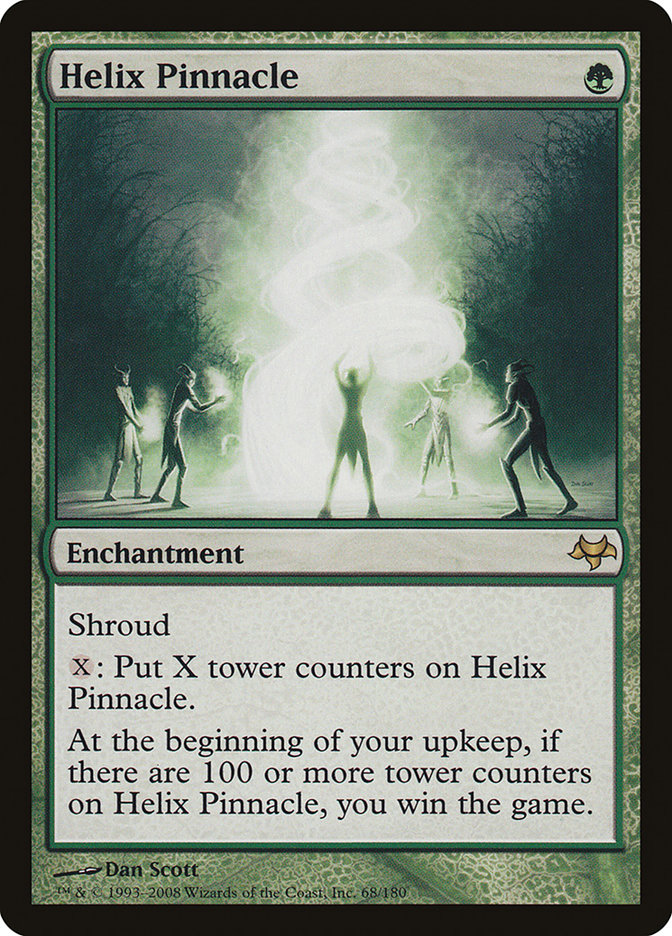
You’ll probably have extra mana on your turns, and Helix Pinnacle is great to make sure you aren’t letting any go to waste. It's likely a removal target, but there’s a chance to win the game off it.
The Mana Base
Over half of your mana base in this deck is basic Forests and Mountains. You don’t want your Blood Moon to shut down too many of your own lands.
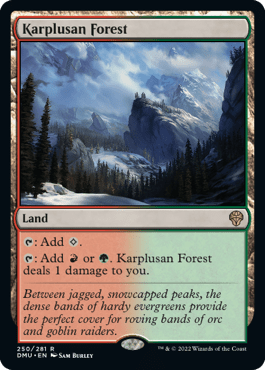
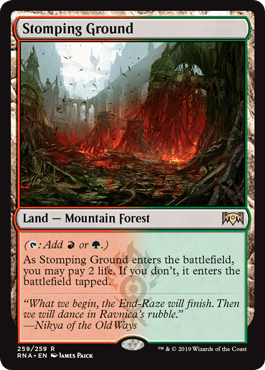
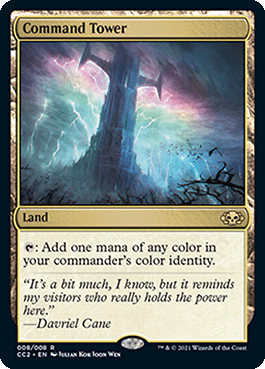
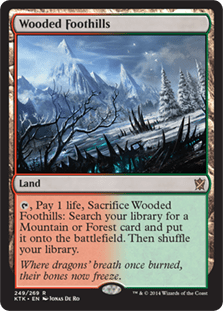
You have a couple of dual lands in this deck in the form of Karplusan Forest and Stomping Ground. Command Tower also acts as a dual land for you, and Wooded Foothills can help you to find whichever color you might need.
Artifact lands in this deck are incredibly helpful. Darksteel Citadel and Great Furnace can both tap for green in addition to what they already tap for. They, along with Tree of Tales, can also be used to activate Meria, Scholar of Antiquity’s second ability and give you some card advantage.
Skarrg, the Rage Pits can be used to give some of your big creatures trample, and Kessig Wolf Run can give a creature trample and buff it. Wolf Run can be powerful in a deck that generates lots of extra mana by allowing you to hit an opponent for a lot of damage or take out several of their blockers.
The Strategy
This deck is built for speed. Get ahead of your opponents by using your free or cheap artifacts to ramp up very quickly. Get Meria, Scholar of Antiquity out as early as possible to use your artifacts for mana. Helix Pinnacle is also great to get down as early as possible.
You’ll ideally be able to set up a system that gives you access to either more mana or more opportunities to cast spells during the mid-game. That can come from ways to untap your artifacts like Seedborn Muse and cards that allow you to cast spells during opponents’ turns like Emergence Zone. This helps you to continue to outpace your opponents and to reach some of your game-ending spells more quickly. Traxos, Scourge of Kroog is a great early/mid-game card. You’re casting a lot of artifacts, so it should be easy to untap Traxos and deal a lot of damage to opponents.
Once you’ve built up a big base of mana you’ll be able to cast spells like Ulamog, the Ceaseless Hunger and Blightsteel Colossus to threaten your opponents. You can also use Kessig Wolf Run to buff Meria and give it trample so you can also threaten players with commander damage.
Once your opponents start to get low on life, pump a bunch of mana into a direct damage spell like Fireball or Crackle with Power to finish off one or more of them.
Combos and Interactions
This deck isn’t built with infinite combos in mind, but there’s some good synergy between the cards that can lead to powerful interactions. If you have both Mycosynth Lattice and Darksteel Forge on the field at the same time then all your permanents have indestructible.
Mycosynth Lattice also interacts very well with Meria, Scholar of Antiquity because it allows you to use any of your permanents for Meria’s abilities. Mycosynth Lattice can also turn Vandalblast into a devastating board wipe because it hits all your opponents’ permanents, including lands.
It can be intimidating to use impulsive draw like Meria, Scholar of Antiquity’s second ability because there’s always the chance you’ll exile a card you really need to win. Blightsteel Colossus mitigates that as one of your win conditions because it won’t allow itself to be exiled. You’ll always have access to at least one way to win the game.
Budget Options
This build can get pretty pricey, but there are some easy cuts to make if you’re looking to make it cheaper.
Finale of Devastation is an expensive card because it’s only been printed in one set. Replace it with Craterhoof Behemoth to save about $20. You already have Green Sun's Zenith, Worldly Tutor, and Chord of Calling to fetch you creatures, and the Behemoth provides a buff to the rest of your creatures like the one Finale of Devastation would have.
Lotus Petal and Chrome Mox are both expensive cards that you can easily replace with cheaper Cheerios without losing out on too much of what they do. Urza's Bauble or Mishra's Bauble are both a fraction of the price and serve a similar purpose once Meria, Scholar of Antiquity is on the field.
Ulamog, the Ceaseless Hunger is one of the more expensive Eldrazi titans. You can replace it with a cheaper version, Ulamog, the Infinite Gyre. It’s still a powerful card and saves another $20 or so. You can also opt for any other big threat that costs only generic mana like It That Betrays.
Dockside Extortionist and Ragavan, Nimble Pilferer are both evergreen cards, but they’re both very expensive. You can easily replace them with cards that fit more into this deck’s specific strategy.
Other Builds
If you want a more competitive build for Meria, Scholar of Antiquity and you aren’t worried about alienating your playgroup, Meria works well as a stax commander.
The ability to use artifacts as a source of mana lets you easily include Winter Orb without losing out on too much of your own mana base. Static Orb is also a great option for this deck. You can tap it at will with Meria, Scholar of Antiquity, allowing yourself to untap but not any of your opponents.
Tapping artifacts for green mana is Meria’s ability, not one given to the artifacts you play, so Null Rod won’t affect you too much. It still shuts down your opponents’ artifacts. You can also use cards like Pithing Needle to shut down a specific card that’s giving you trouble.
The reason Meria, Scholar of Antiquity works so well with this strategy is because it relies on a lot of artifacts with static abilities. You can lock down your opponents’ board while using the same artifacts to ramp yourself up.
Commanding Conclusion

Mycosynth Lattice | Illustration by Anthony S. Waters
Though Dominaria United just recently released, Meria, Scholar of Antiquity has already spawned over 400 decks on EDHREC. It’s a unique type of commander for Gruul, and that number should continue to climb as players keep experimenting with how best to make a deck work. I’m excited to play with Meria and I hope you decide to give it a try as well.
Is this how you’d build Meria, or would you prefer a more competitive deck? What other Dominaria United commanders are you excited about? Who do you like better, Meria or Urza? Let me know in the comments below or over on Draftsim's Twitter.
Thank you for reading, and I’ll see you in the next one!
Follow Draftsim for awesome articles and set updates:
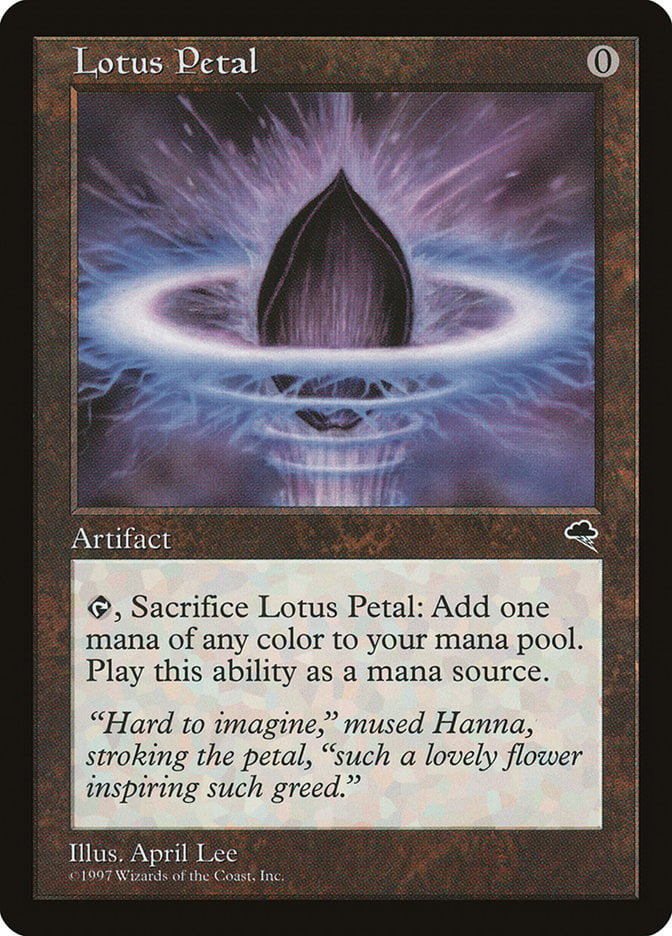
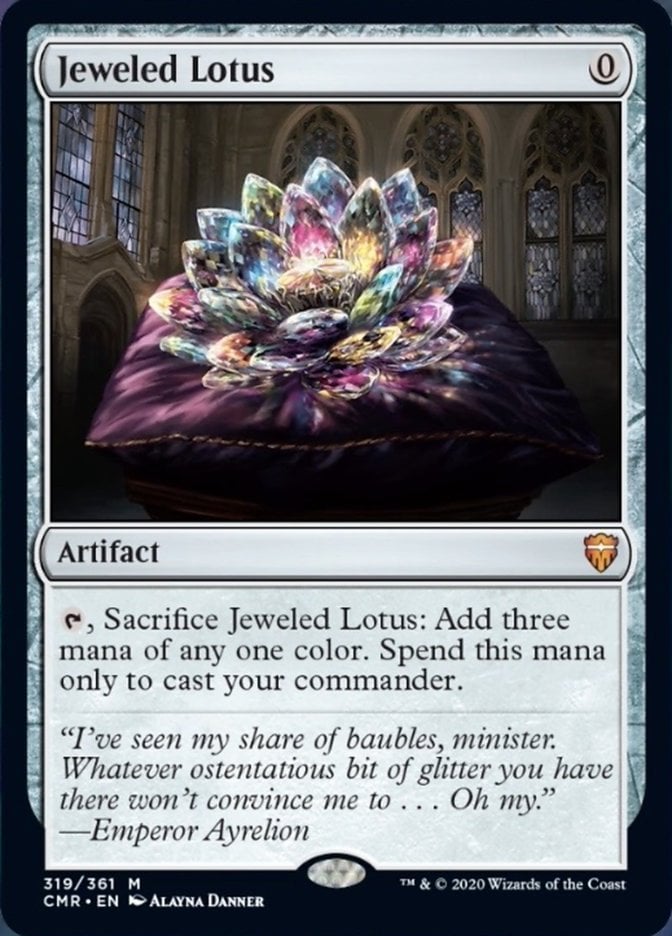
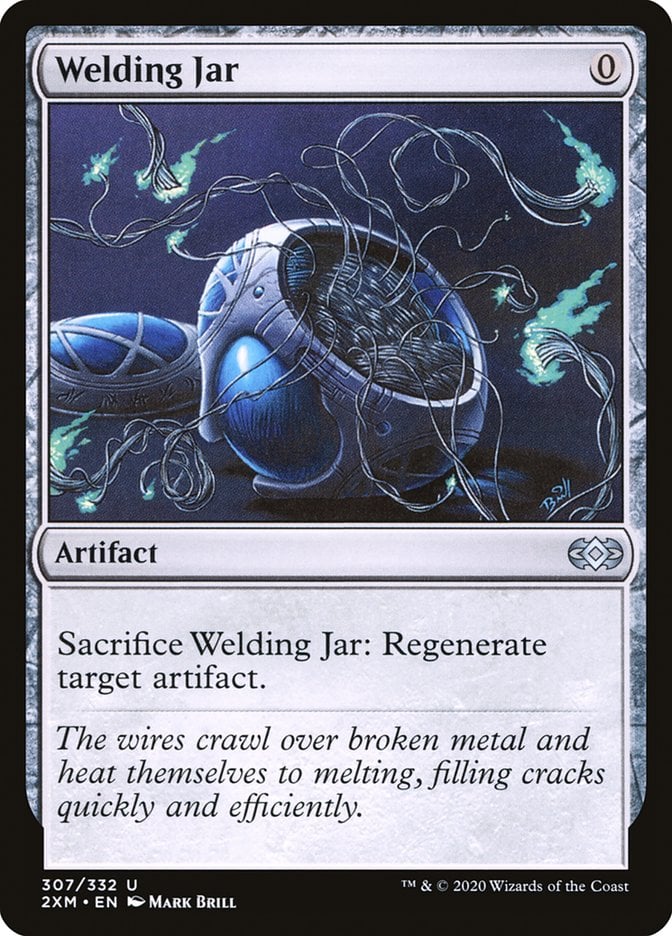
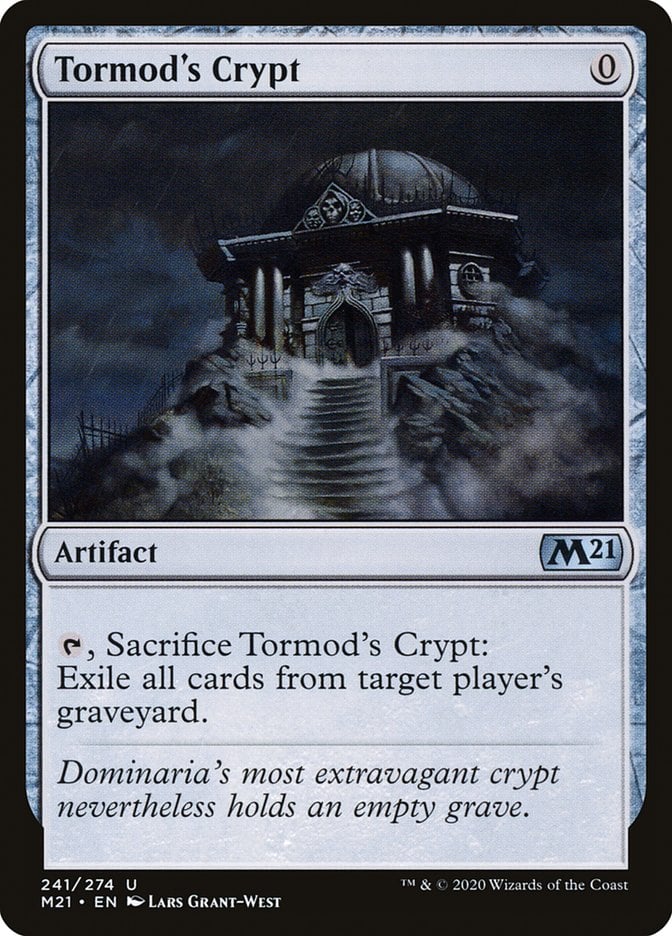
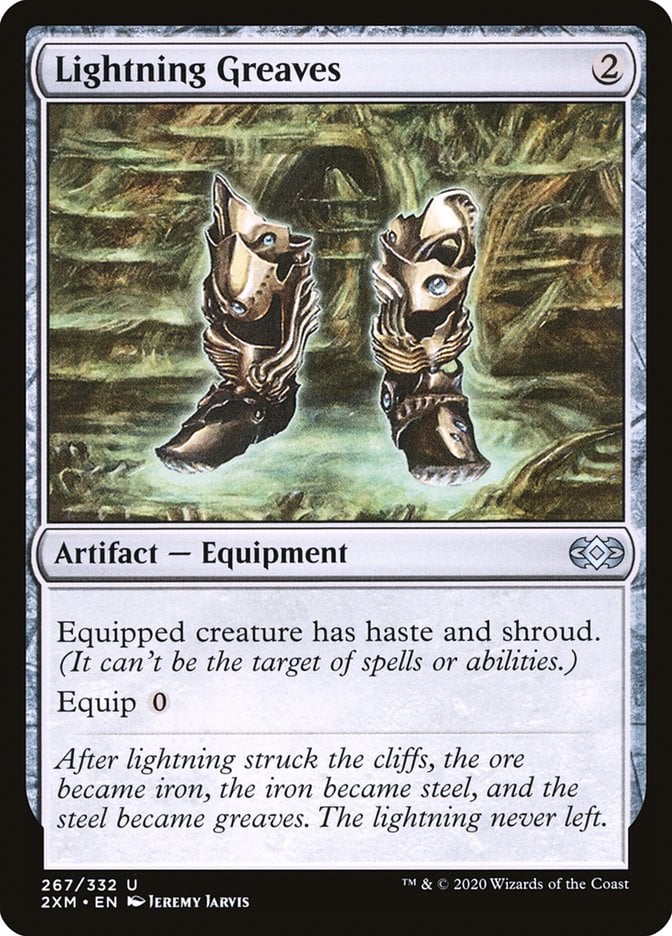
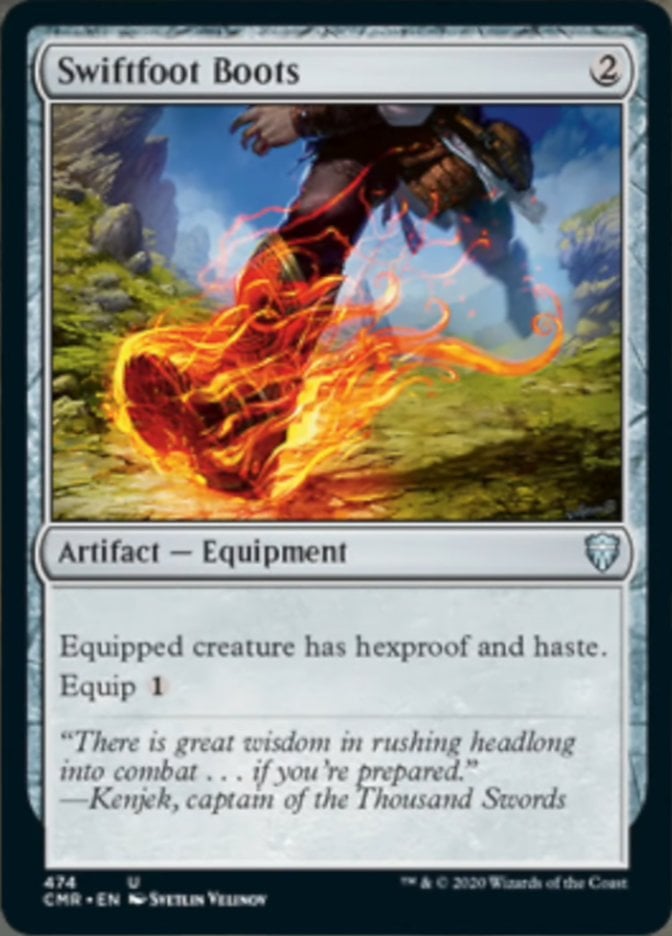
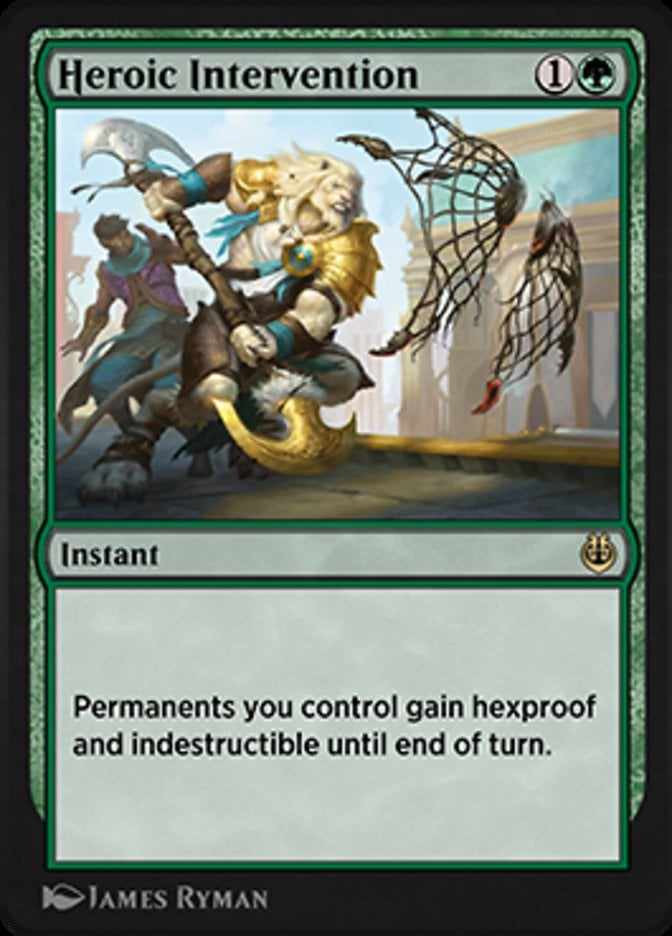
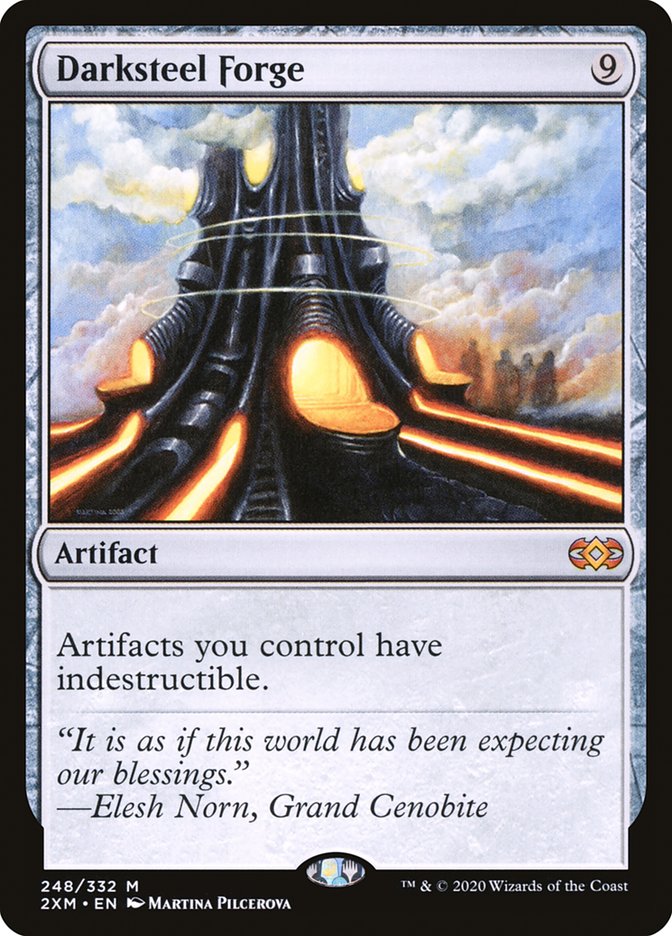
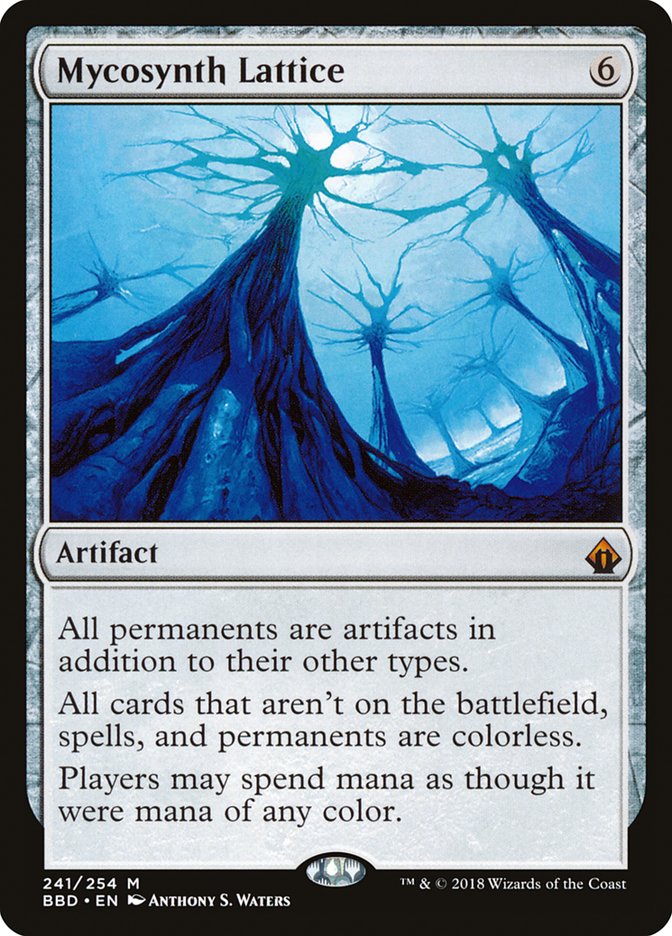
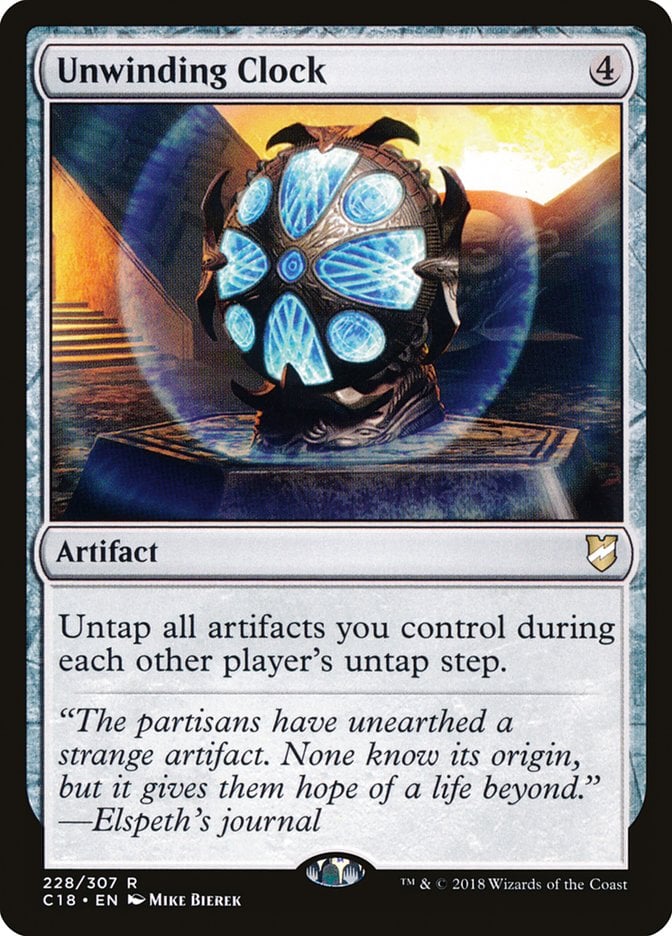
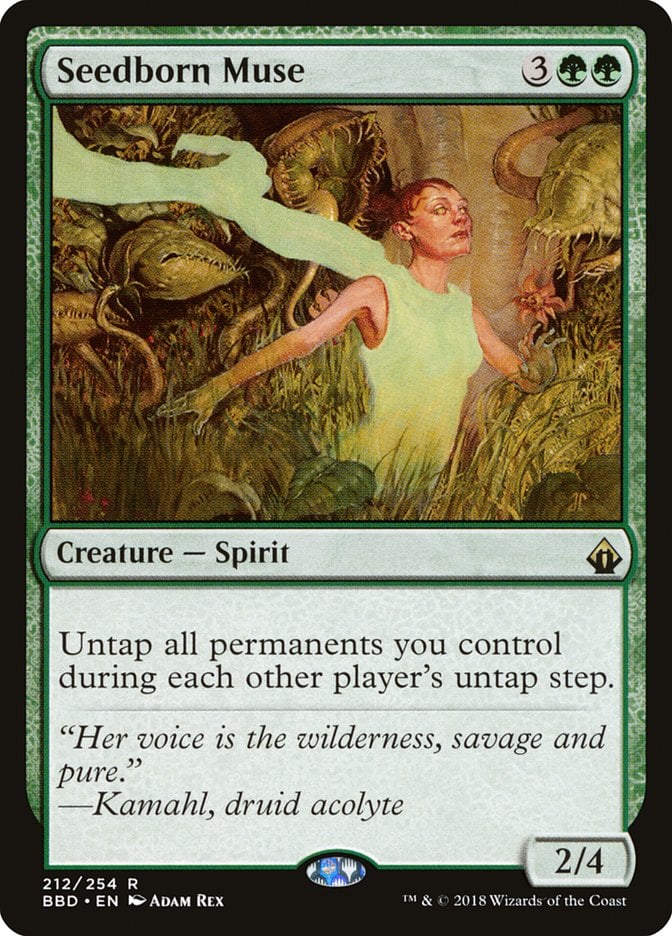

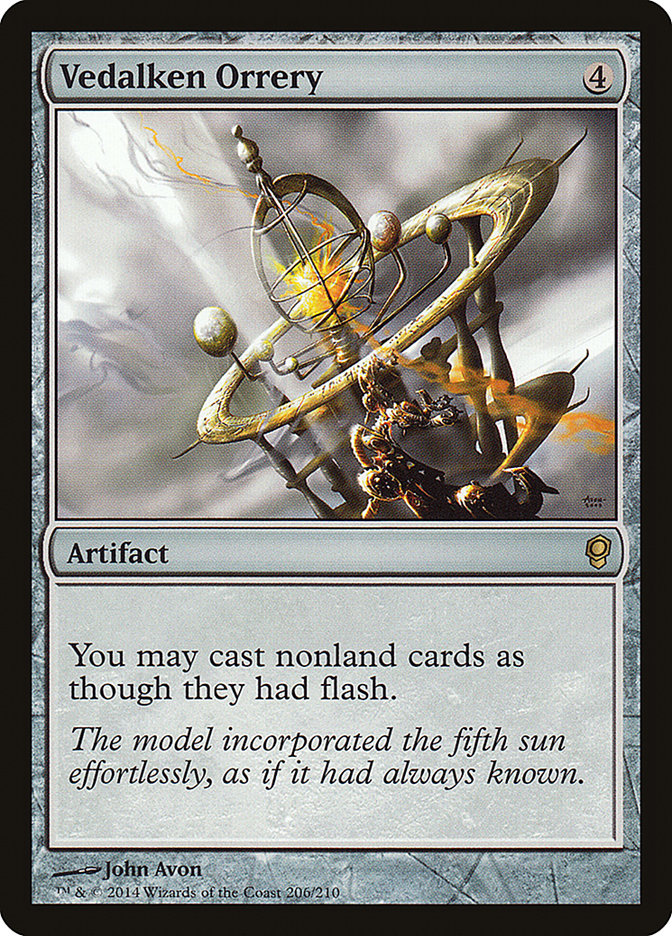

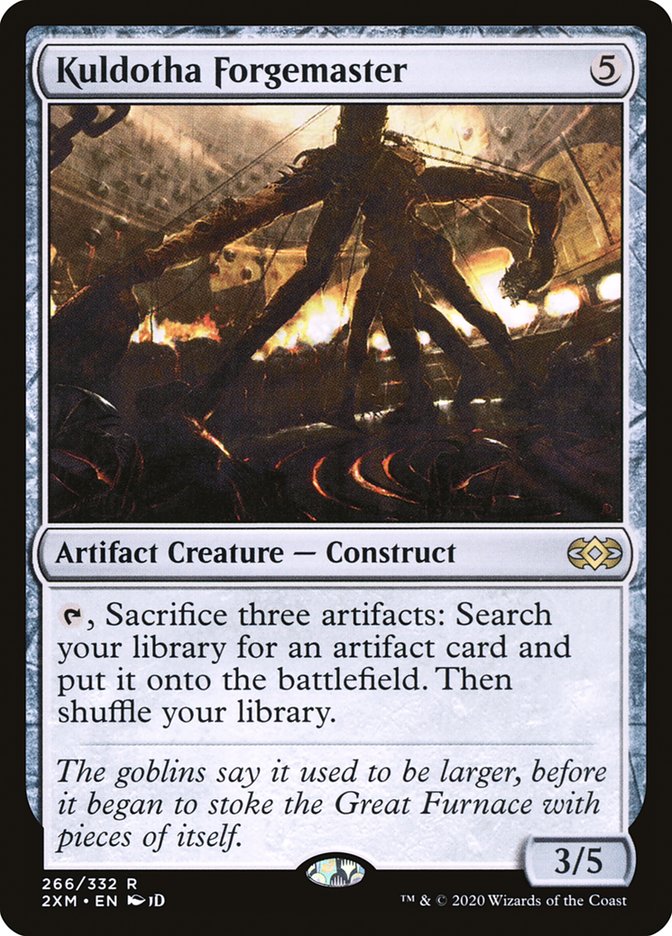

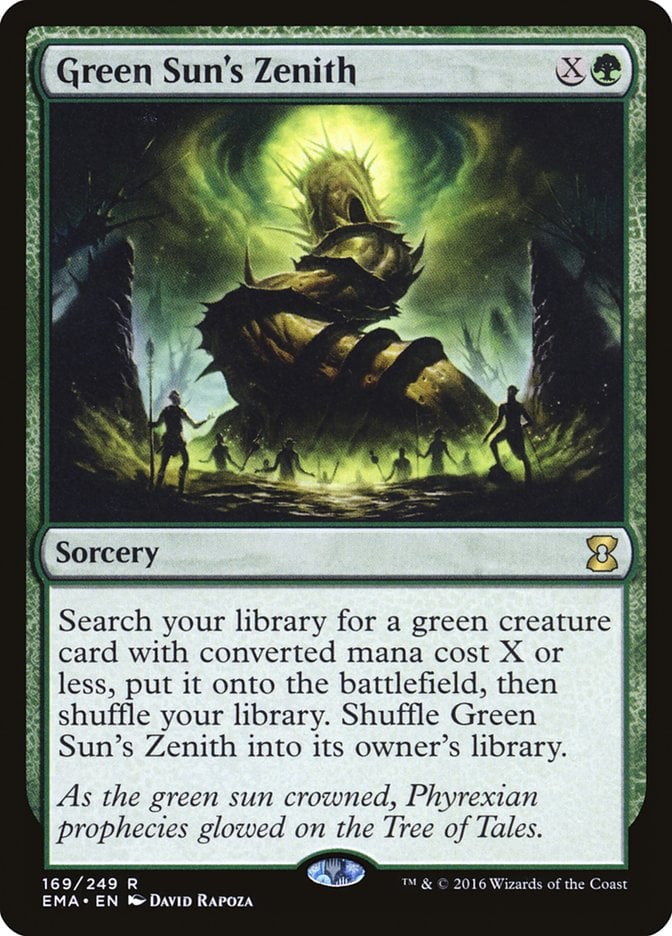


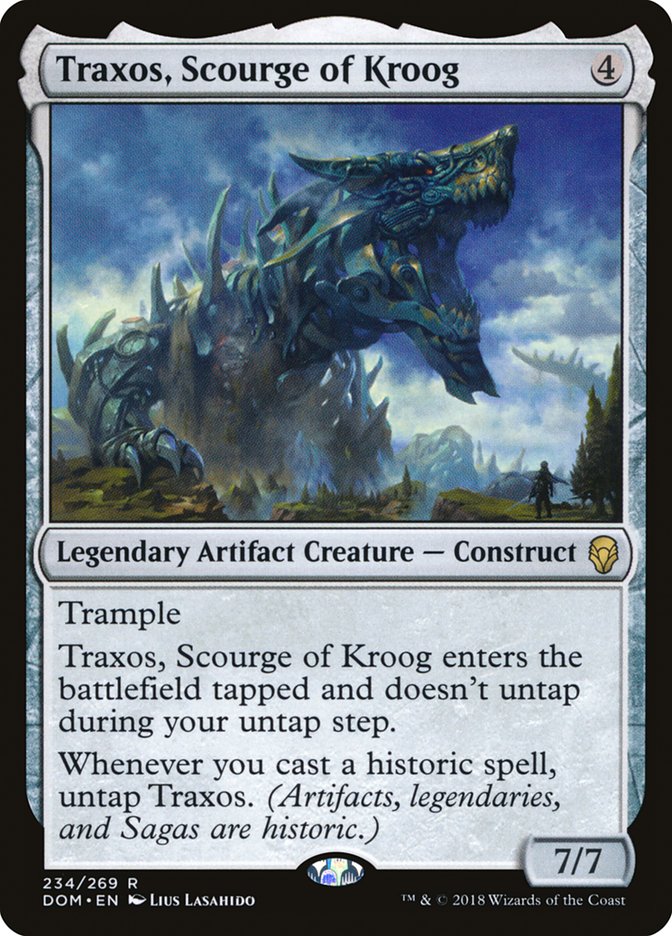
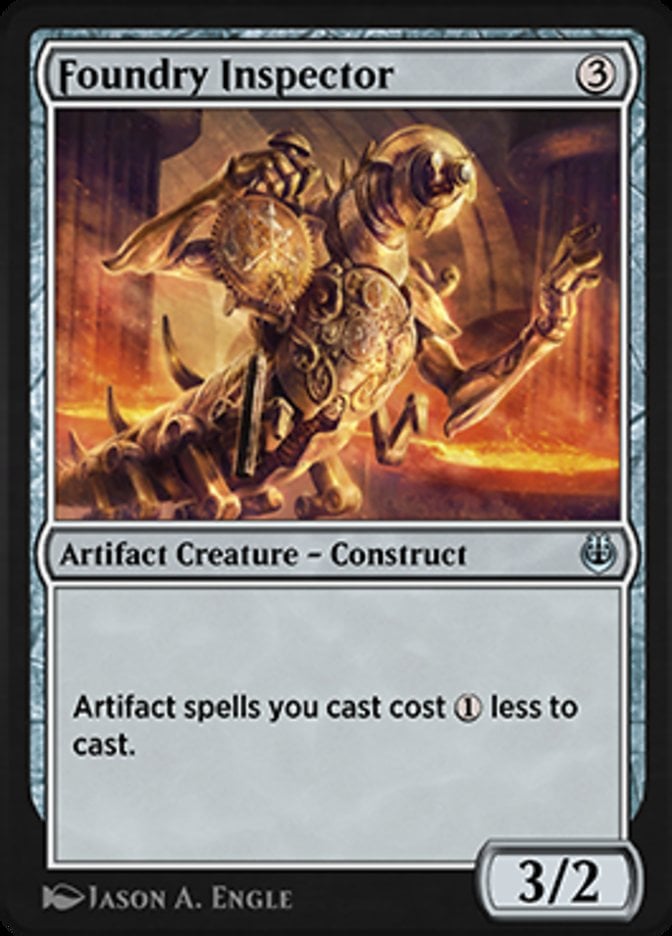
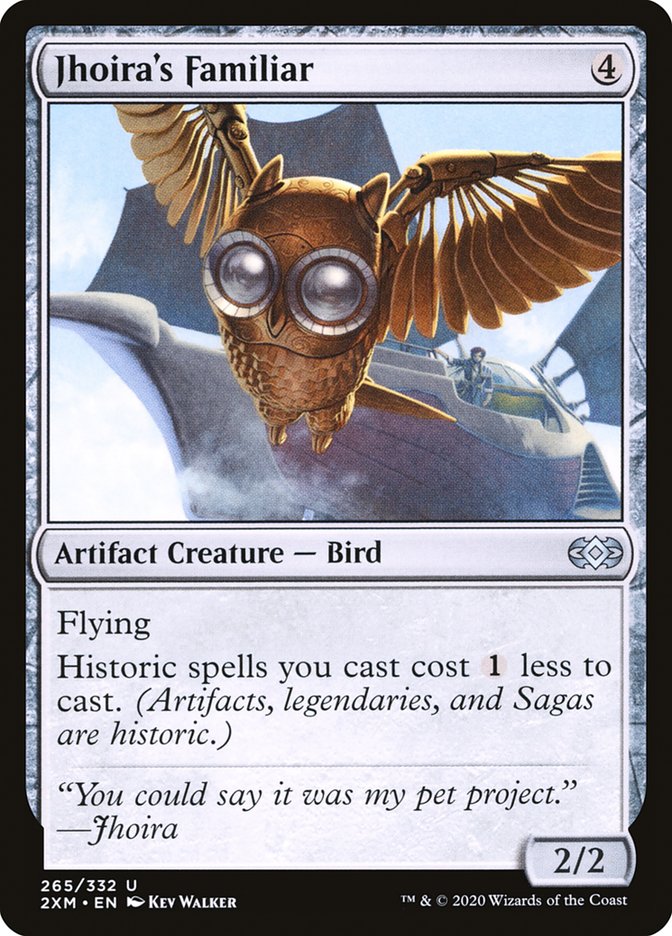
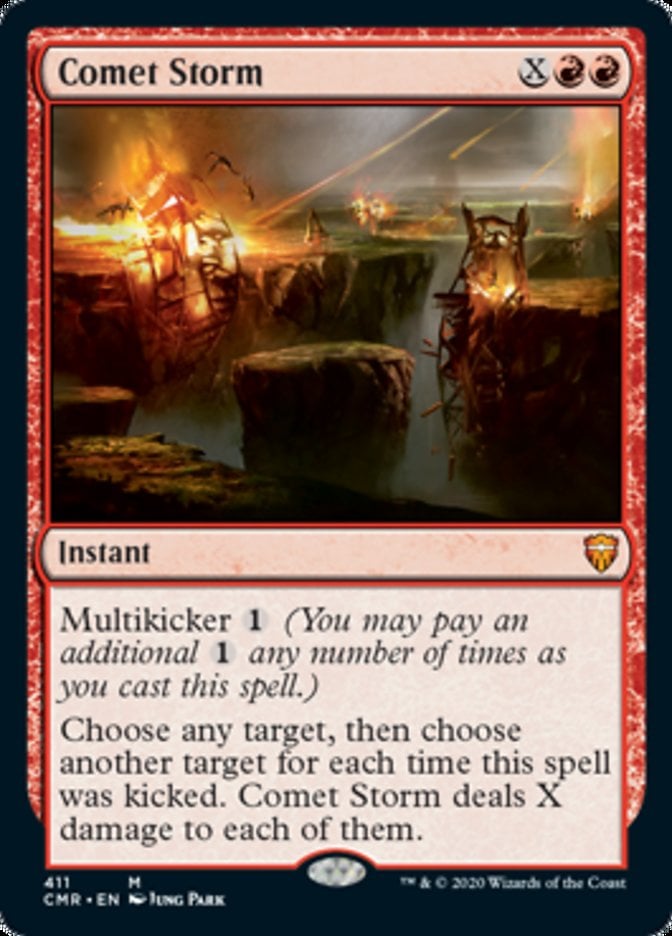

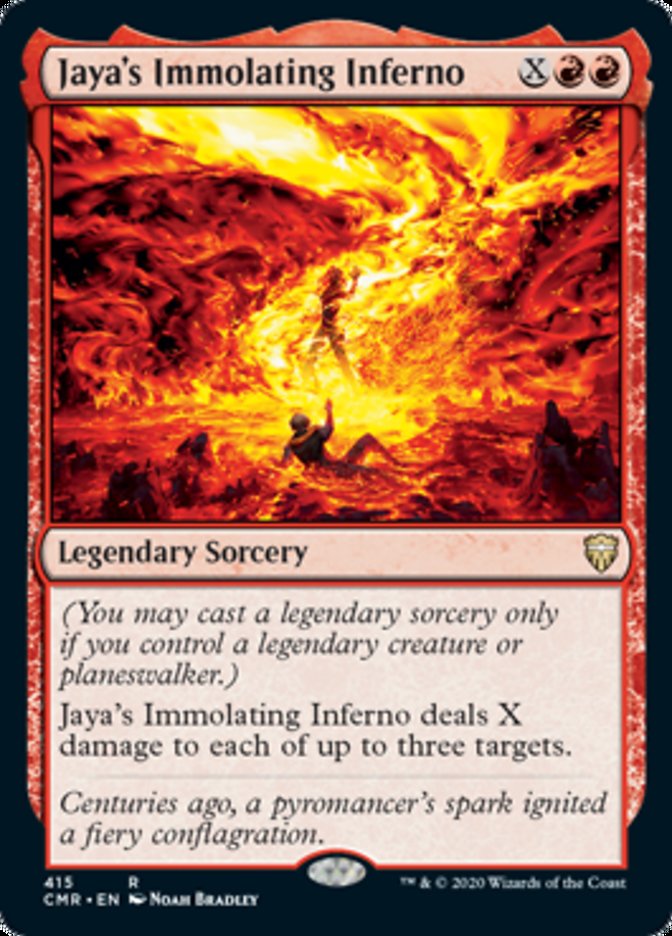
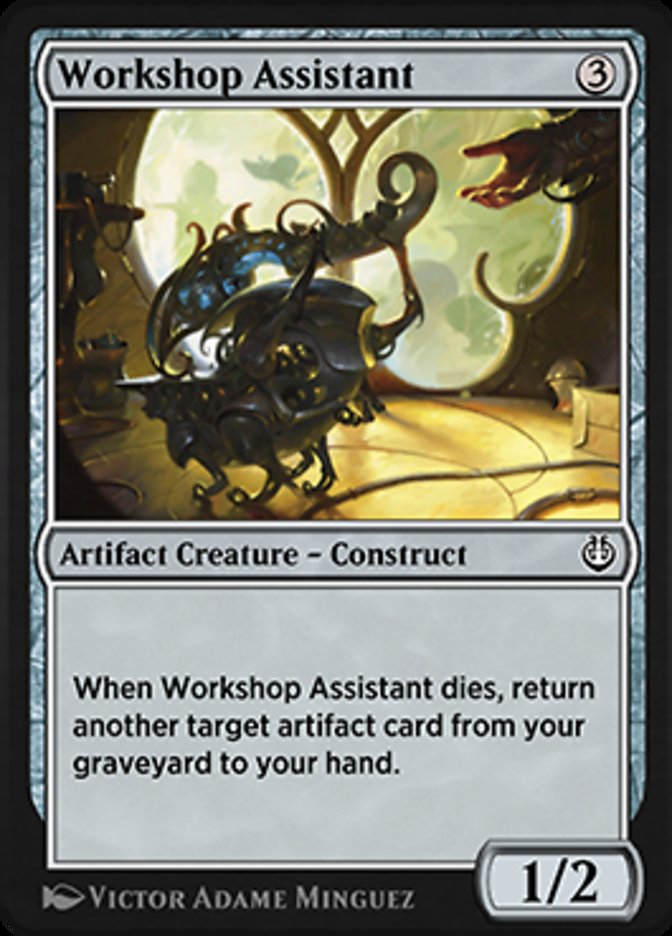
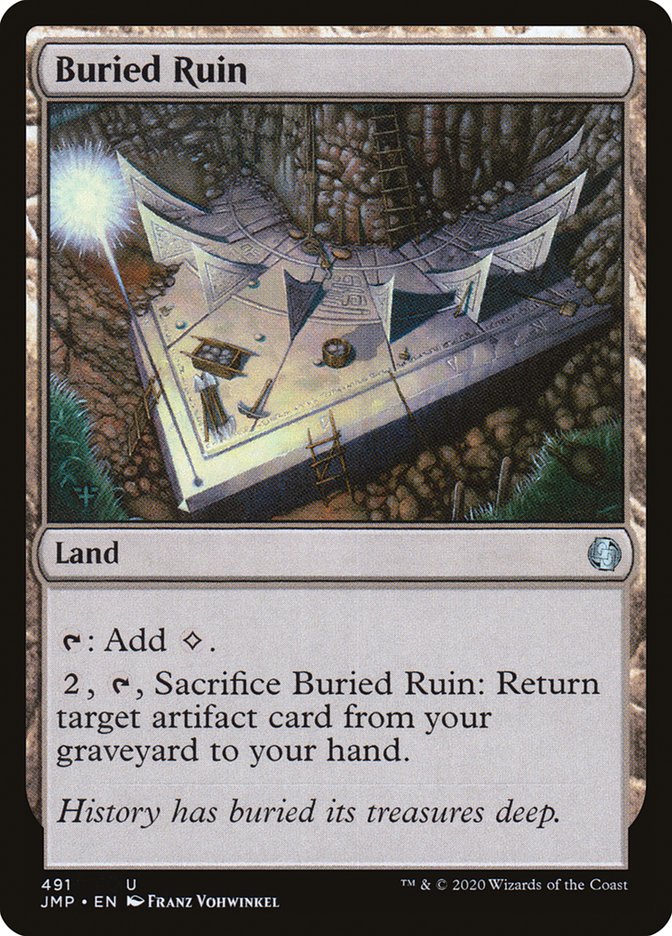


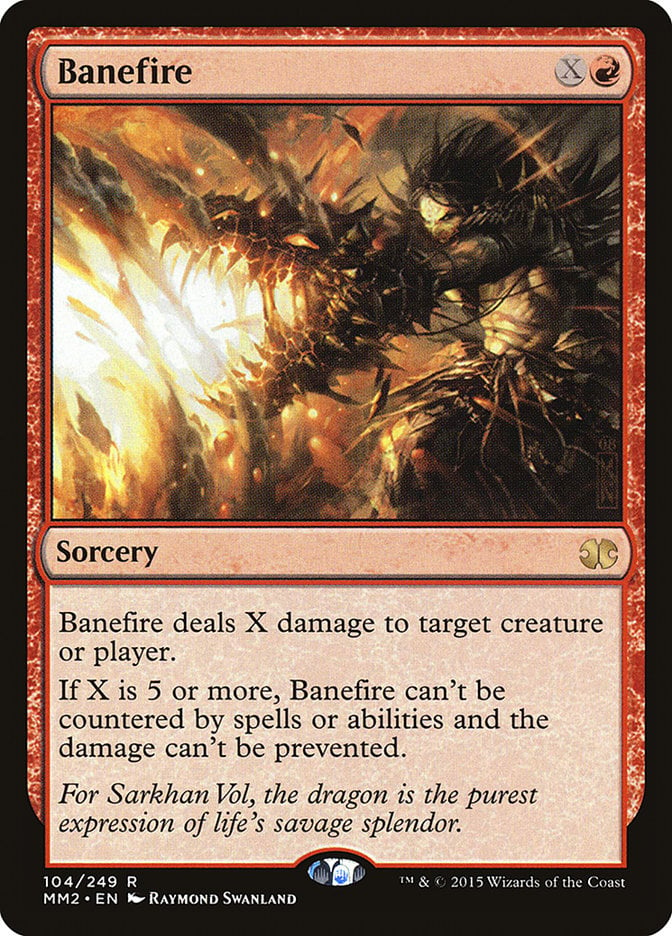
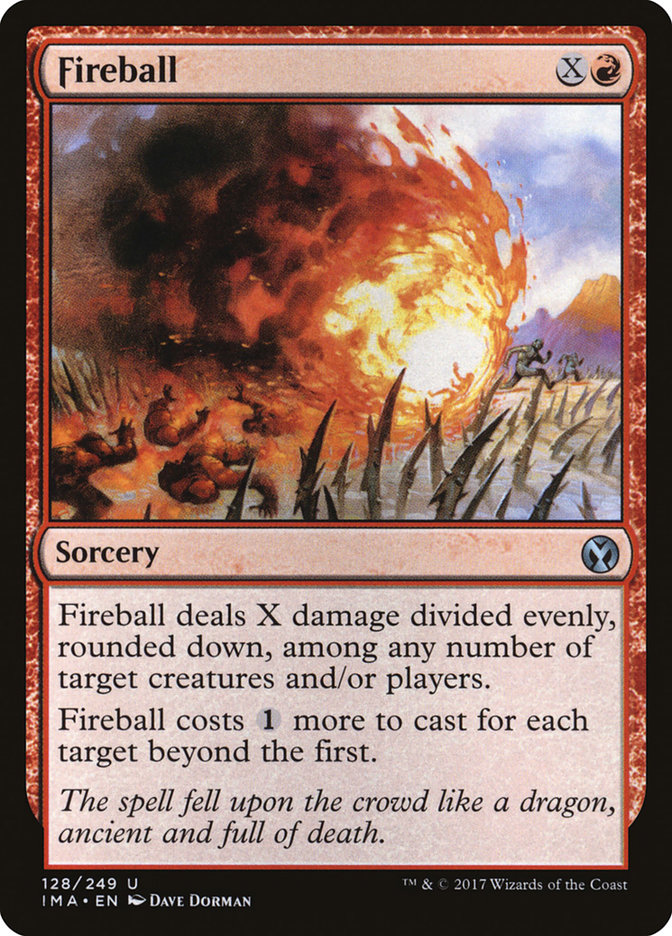

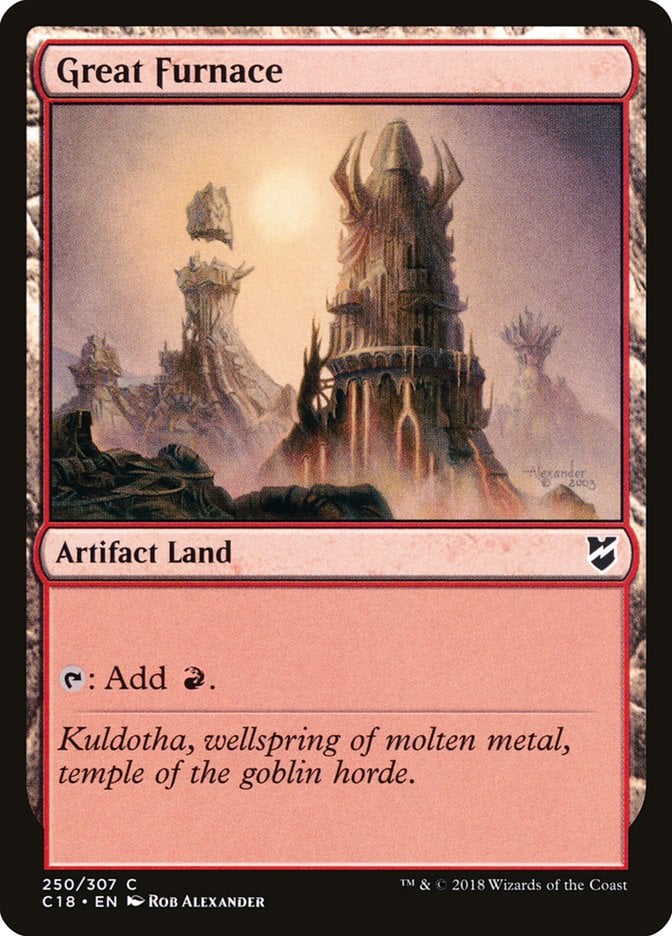
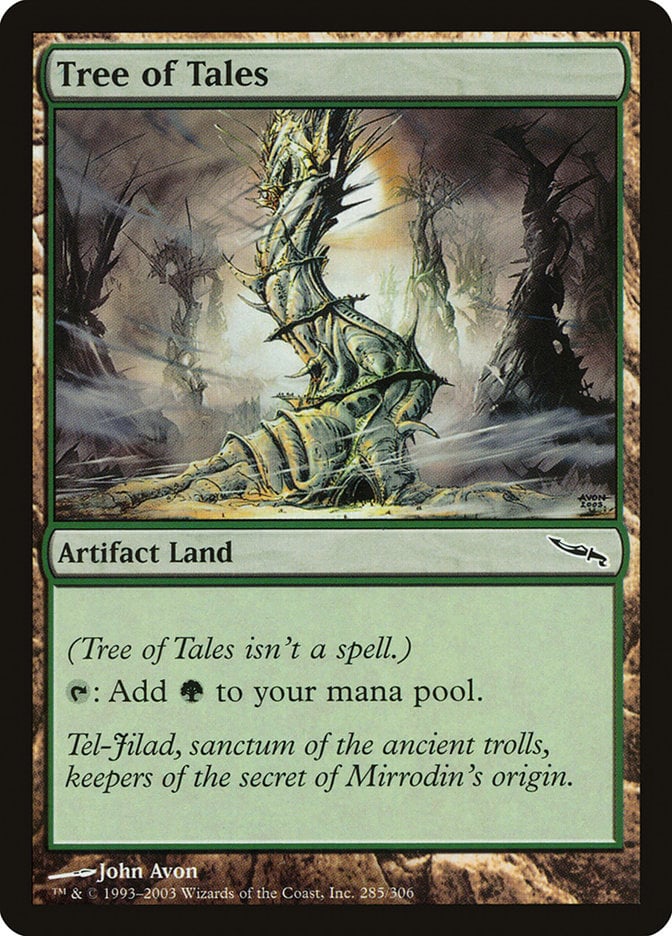
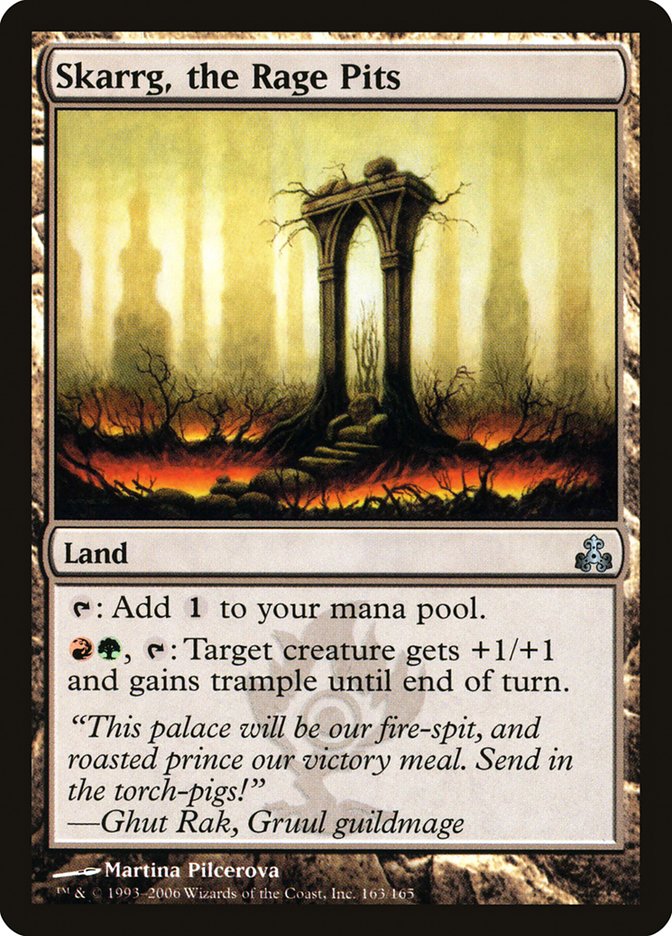

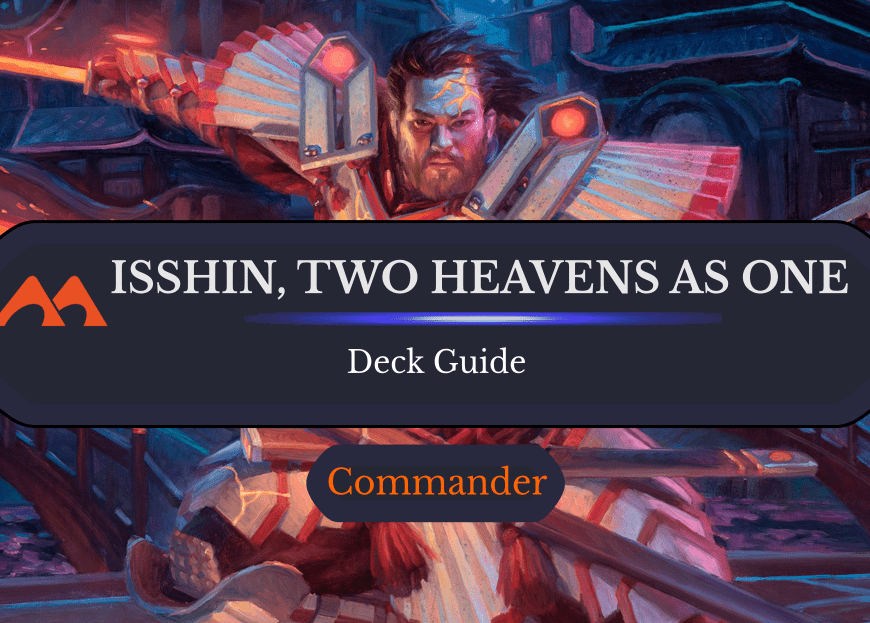

Add Comment